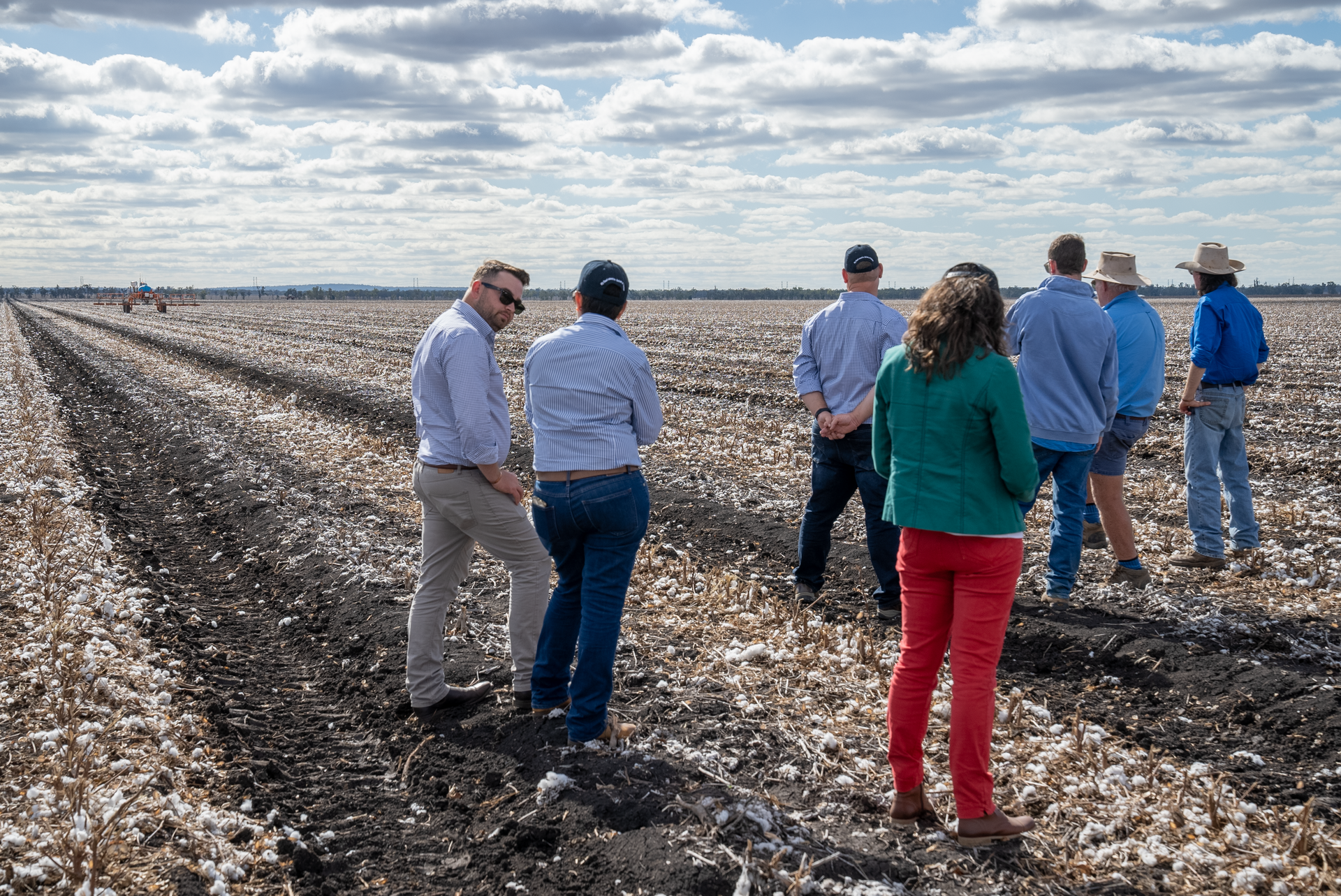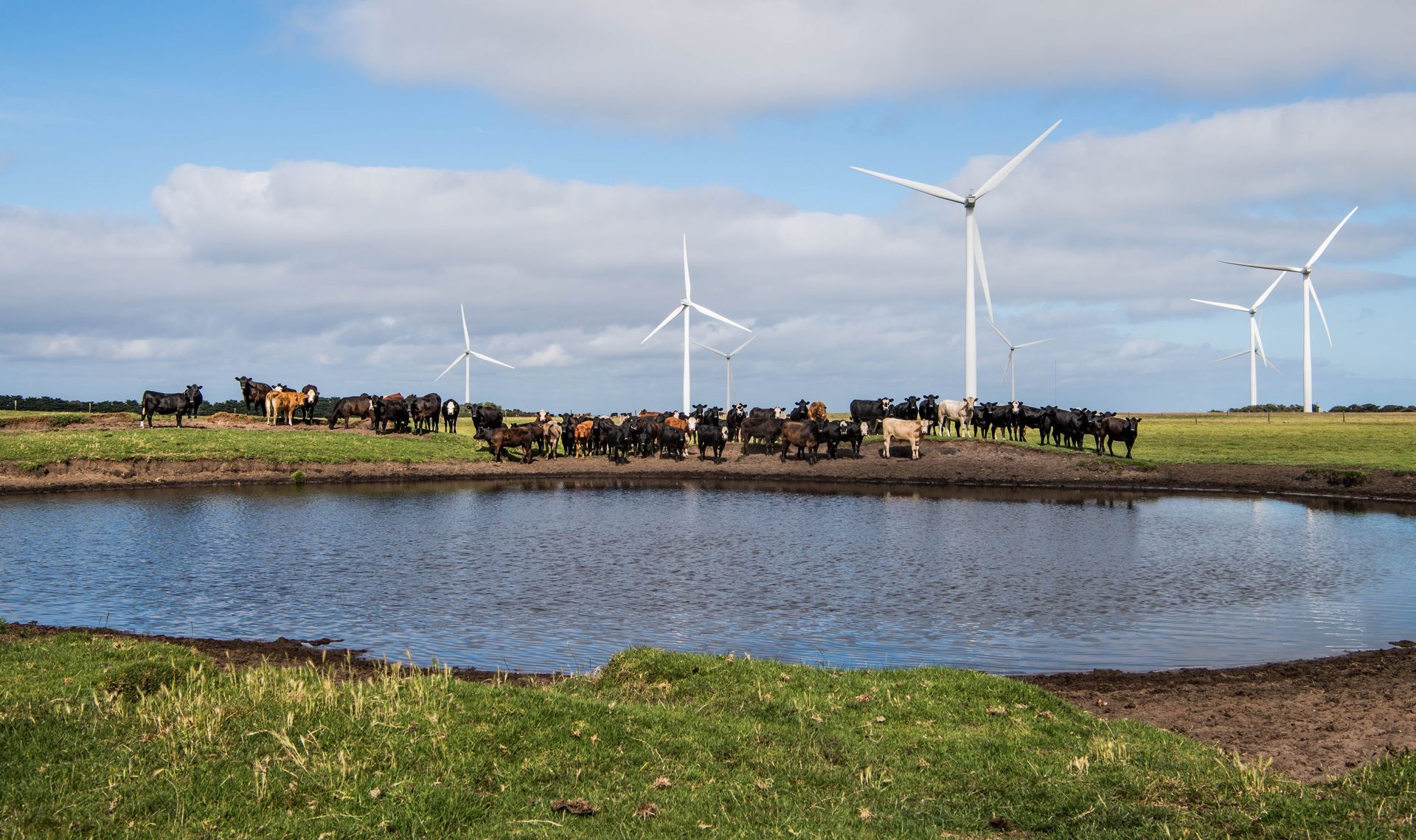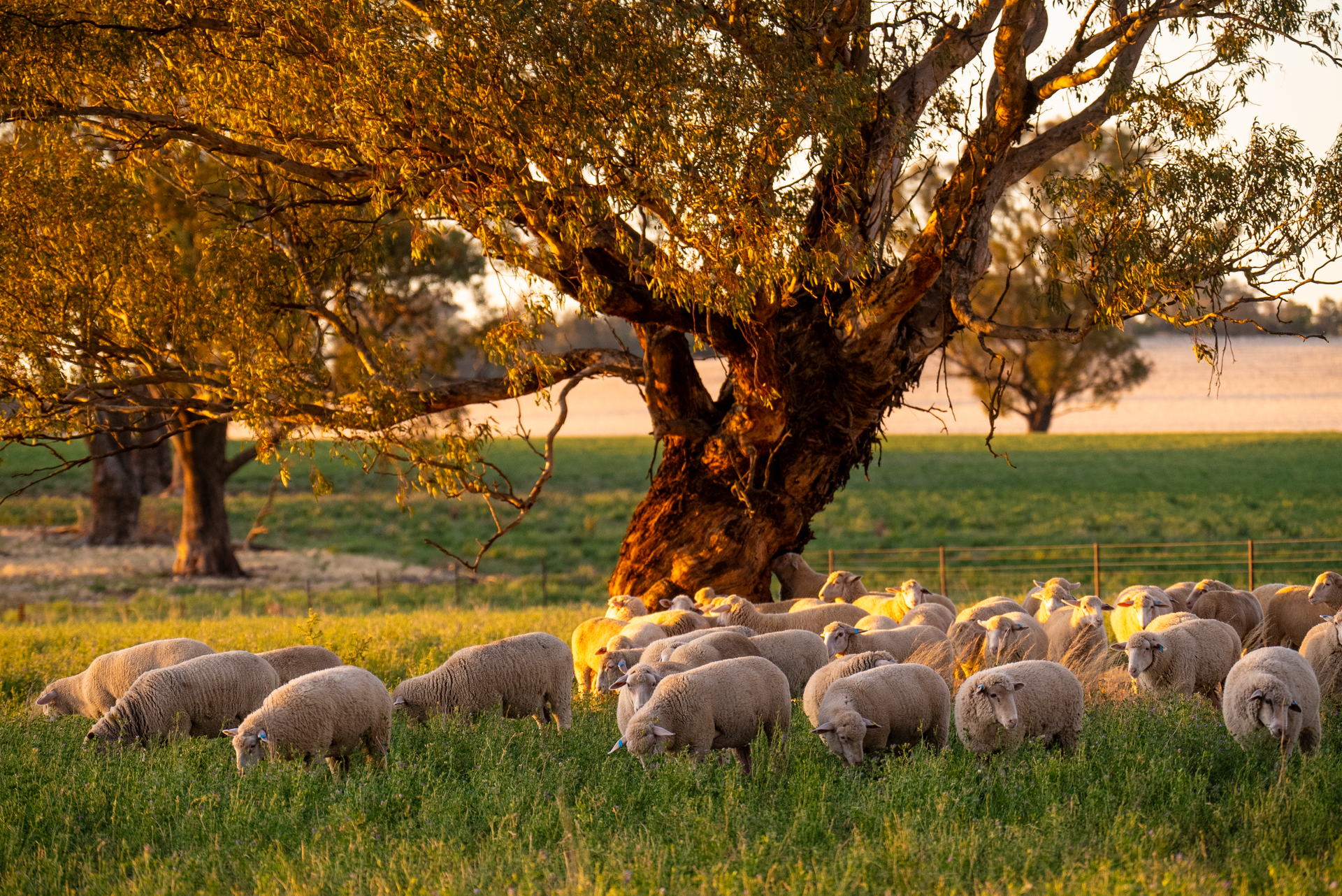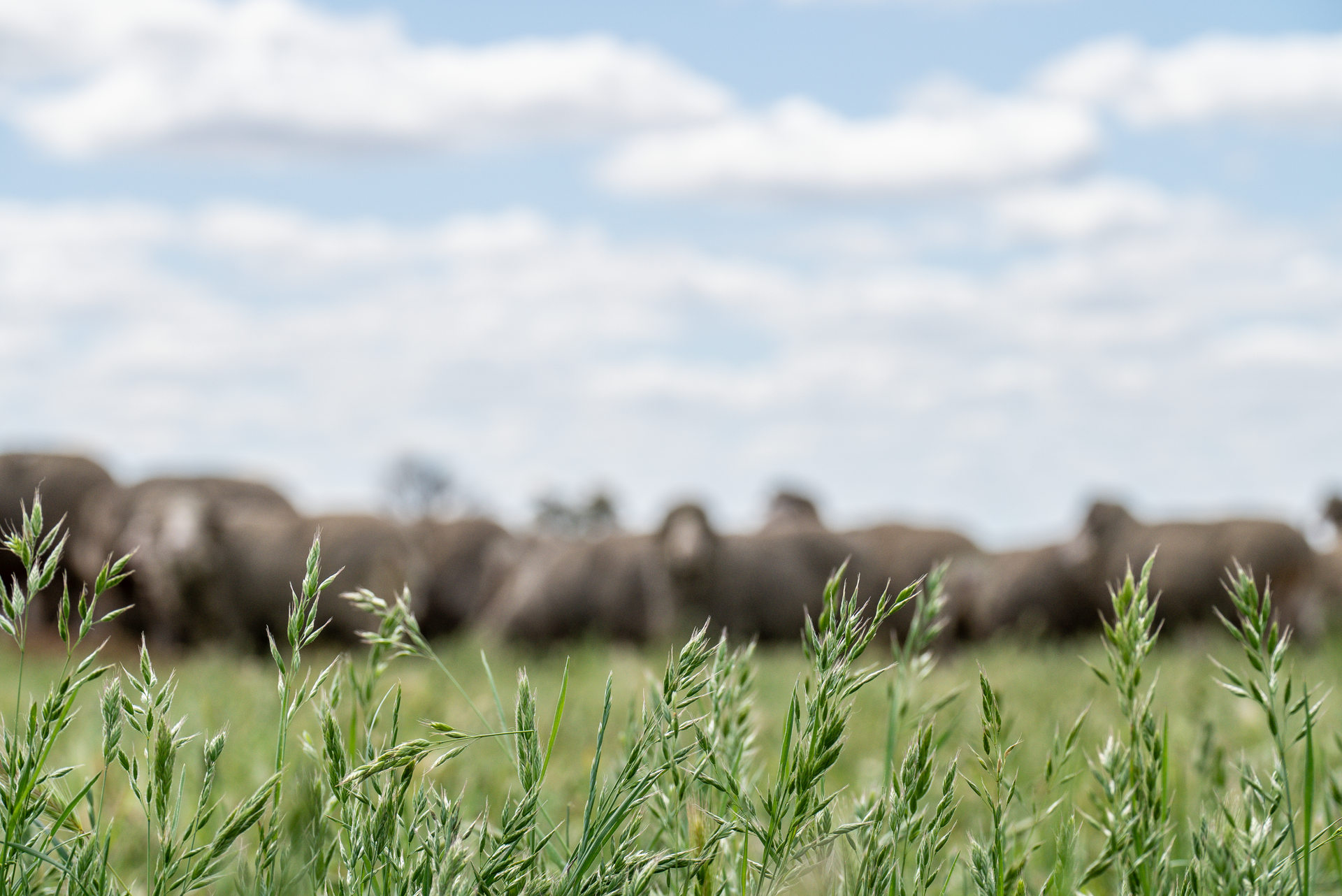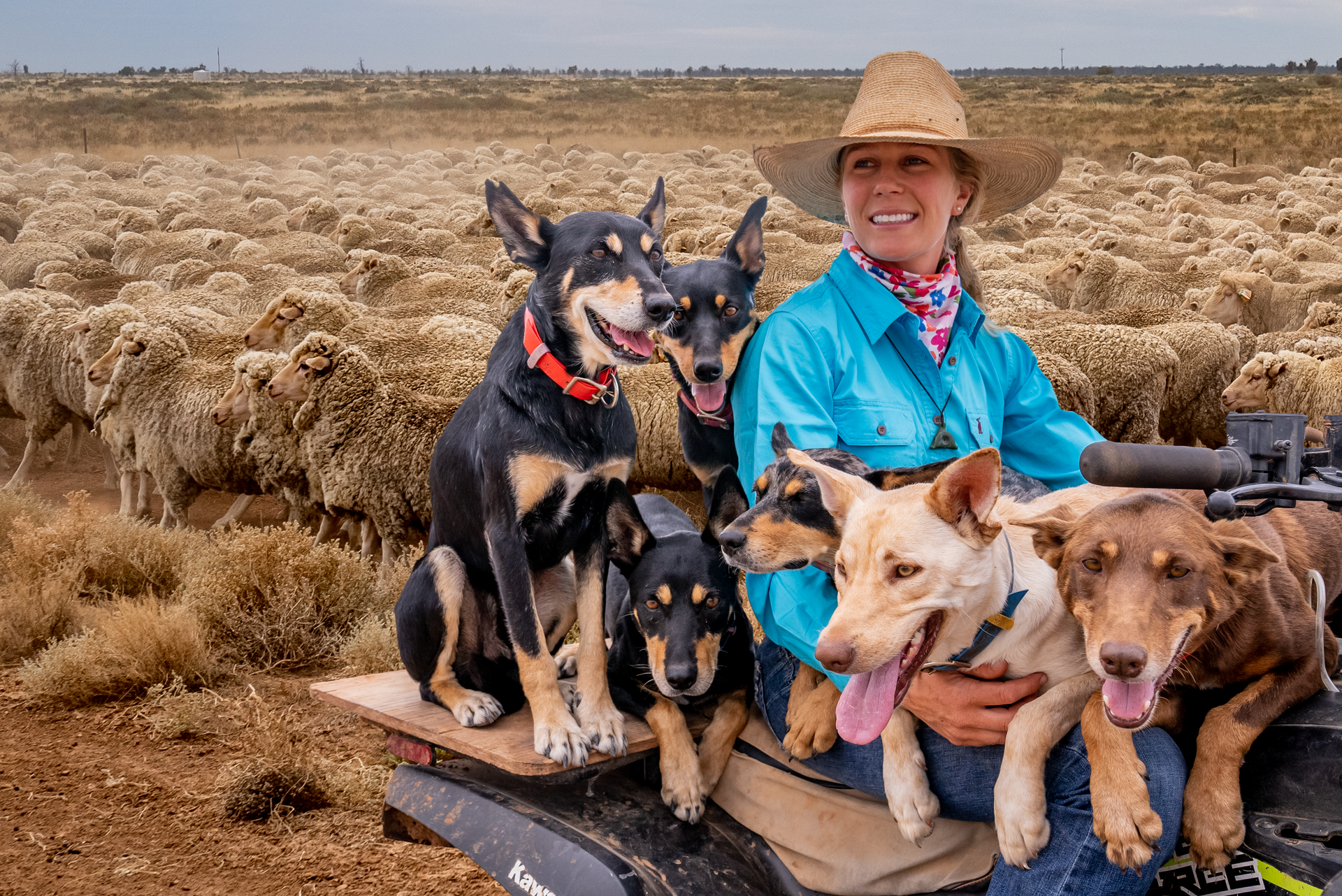The Agriculture Boom
Regional Vacancies Drive Demand for Workers
The Rural Jobs Index reveals a remarkable surge in permanent employment opportunities within the sector. The driving force behind this growth? A surge in job openings in rural and regional areas, reshaping the landscape of agricultural employment.
A Decade of Unprecedented Growth:
Over the past decade, spanning from 2013 to 2022, the agricultural sector has experienced a seismic increase in the total number of advertised annual vacancies. The figures tell a compelling story: the total number of vacancies more than doubled during this period. However, what truly stands out is the staggering growth in regional vacancies, which have more than tripled, painting a vivid picture of the industry's evolution.
Shifting Geographical Dynamics:
In a noteworthy transformation, the proportion of metropolitan/city-based agricultural job vacancies has undergone a significant decline. In 2013, 30.6% of agricultural job vacancies were based in metropolitan cities. Fast forward to 2022, and this figure plummeted to a mere 11%. Projections for 2023 suggest a continuation of this trend, with an anticipated decrease that may even dip below the 10% mark.
Rimfire’s Rural Jobs Index:
The insights presented in this article are drawn from Rimfire’s Rural Jobs Index, a valuable resource tracking workforce demand in agriculture. This index focuses on permanent job advertisements, providing a nuanced understanding of the industry's employment landscape.
What the Data Shows:
As permanent job opportunities multiply, it is evident that the heart of this growth lies in the rural and regional areas. This shift signifies not only a change in the geographical distribution of jobs but also points to the vitality and prosperity of the agricultural industry beyond urban centers.
Looking Ahead:
With the projected trajectory indicating a further decline in city-based agricultural job vacancies, the industry appears poised for a continued emphasis on rural and regional employment opportunities. This trend brings with it a set of challenges and opportunities, necessitating a strategic approach to workforce planning and management.
The surge in demand for workers in agriculture, fueled by the exponential growth of regional vacancies, signifies a transformative period for the industry. As the dynamics of employment undergo a profound shift, businesses and stakeholders in the agricultural sector must stay attuned to these changes. Rimfire’s Rural Jobs Index stands as a beacon, illuminating the path forward with valuable insights that can inform strategic decision-making in the evolving world of agricultural employment.
For businesses seeking to leverage workforce data to inform their decision-making processes, Rimfire invites collaboration. Reach out to Katrine Sear or Jessica Roberts to explore how Rimfire's Rural Jobs Index and comprehensive data insights can support your business in navigating the evolving landscape of agricultural employment.

